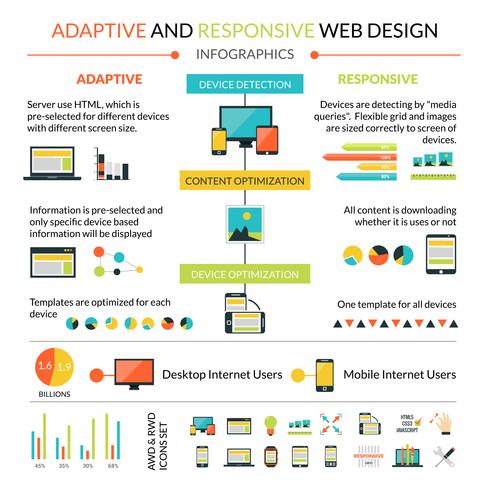Web Site Style Fundamentals: Tips For Structure A User-Friendly Site
Web Site Style Fundamentals: Tips For Structure A User-Friendly Site
Blog Article
Web Content Produce By-Crews Bak
When it comes to site design, guaranteeing user-friendliness is vital. From seo content optimizer to streamlined navigating, every element plays an important role in developing a site that caters to your target market's needs. But what regarding the finer details that can make or damage an individual's browsing experience? Stay tuned as we discover some often-overlooked pointers that can elevate your site's use to the next level, making it truly stand apart in the digital landscape.
Value of Responsive Design
Responsive style is a crucial facet of modern-day internet site development. Ensuring your web site is responsive ways that it can adapt to different screen sizes and devices, giving a seamless experience for customers.
With the increasing use of smartphones and tablet computers to access the web, having a responsive style is crucial for reaching a bigger audience. It helps in improving customer experience by making your web site easy to navigate and keep reading any type of tool.
In addition, receptive layout can positively impact your search engine rankings, as internet search engine like Google prioritize mobile-friendly sites. By having a responsive layout, you're additionally future-proofing your web site, as new gadgets with varying display dimensions remain to arise.
Simplify Navigating Structure
To boost user experience and promote easy access to info on your internet site, improving the navigation framework is extremely important. When creating your site, concentrate on creating a clear and user-friendly navigating food selection that aids site visitors locate what they're looking for quickly.
Limitation the number of food selection products to the basics, grouping relevant web pages with each other to prevent overwhelming users. Usage descriptive labels that clearly suggest the web content of each web page, making it simpler for individuals to comprehend where each web link will take them.
Take into consideration implementing dropdown menus for subcategories to stop jumbling the major navigating bar. Furthermore, consist of a search bar plainly on the page for individuals who prefer searching for details details.
Prioritize mobile responsiveness in your navigation design to ensure easy gain access to on all tools.
Maximize Page Load Rate
Improving page tons rate is essential for preserving visitors on your site. Slow-loading pages irritate users and can result in high bounce rates. To enhance web page lots speed, begin by enhancing pictures. Press photos without compromising quality to lower their documents sizes.
Furthermore, allow internet browser caching to keep frequently accessed resources in your area, accelerating lots times for returning visitors. Minify CSS, JavaScript, and HTML files by eliminating unnecessary personalities, comments, and format, enhancing lots rate.
Think about using managed wordpress hosting (CDN) to distribute your site's material throughout several web servers worldwide, reducing latency for users accessing your website from different areas. Lastly, restrict making use of third-party scripts and plugins, as they can significantly impact load times.
Verdict
Finally, by including receptive layout, streamlining navigation, and maximizing page lots rate, you can create an easy to use internet site that attract a larger audience and enhances customer experience. These essential elements make certain that visitors can quickly accessibility and browse your website throughout various devices, resulting in enhanced engagement and contentment. By focusing on these vital elements, you can construct an effective site that maintains customers coming back for more.
